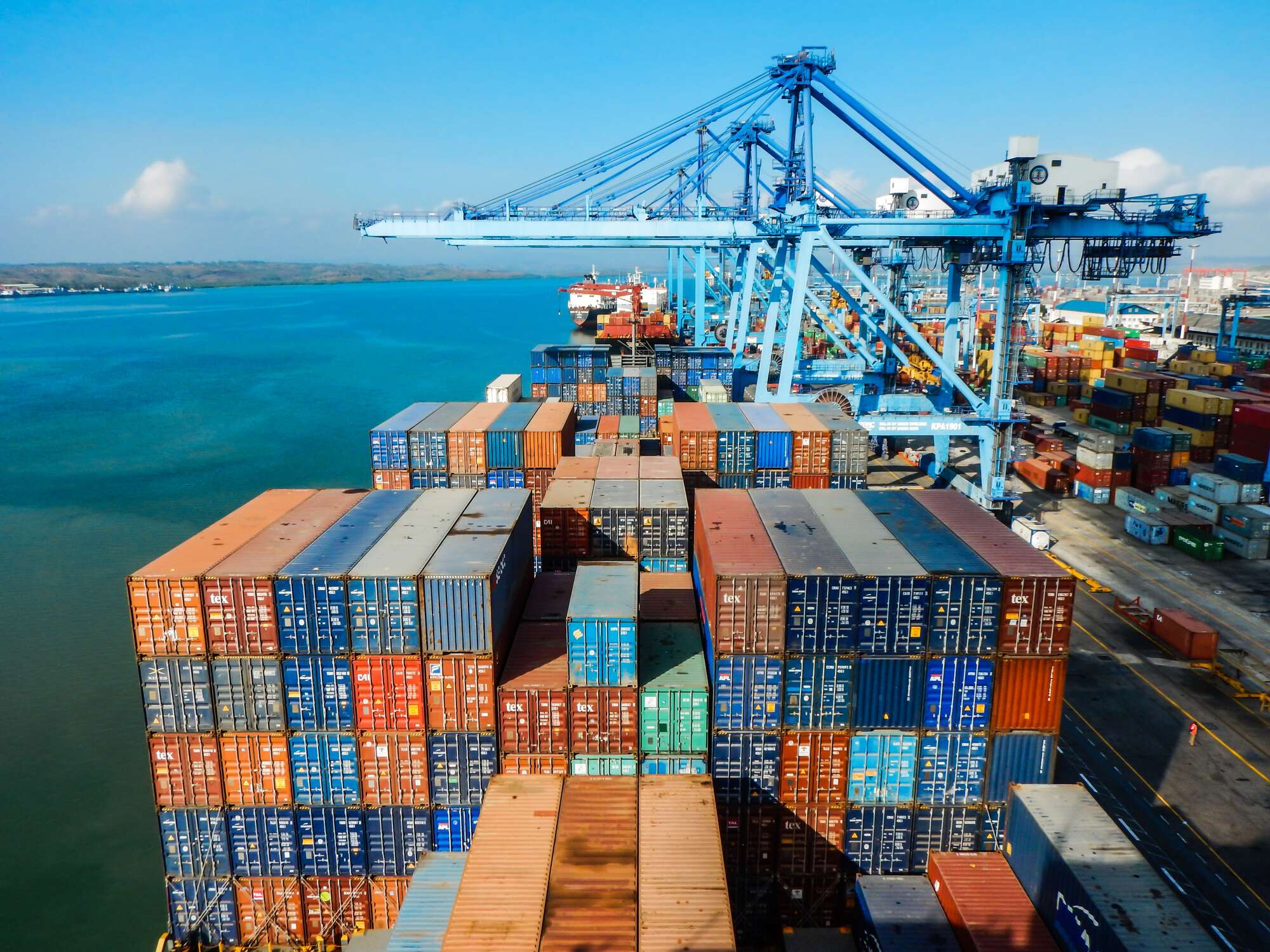
African port cities such as Durban, South Africa, and Mombasa, Kenya, play a crucial role in international trade, thanks to their well-developed port infrastructure that facilitates the import and export of goods. These cities are vital economic hubs, significantly contributing to their national economies and the broader African continent.
Durban: South Africa’s Gateway to the World
Durban, the busiest port in Africa, handles over 60% of South Africa’s container traffic. Its strategic location on the Indian Ocean makes it a key entry point for goods destined for southern Africa and beyond. The Port of Durban boasts state-of-the-art facilities, including extensive container terminals, bulk cargo handling equipment, and advanced logistics infrastructure. This enables efficient handling of diverse cargo, from raw materials like coal and iron ore to manufactured goods and consumer products.
Durban’s port infrastructure is continually being upgraded to meet growing demand. Recent investments have focused on expanding container capacity, improving rail and road connectivity, and enhancing security measures. These developments not only boost Durban’s competitiveness but also create jobs and stimulate economic growth in the region.
Mombasa: East Africa’s Trade Hub
Mombasa, Kenya’s principal port city, serves as the main gateway for trade in East Africa. The Port of Mombasa handles cargo for several landlocked countries, including Uganda, Rwanda, and South Sudan. Its facilities include modern container terminals, specialized berths for handling bulk cargo, and efficient customs services.
The Kenyan government has invested heavily in expanding and modernizing the port to keep pace with increasing trade volumes. The construction of the second container terminal and the ongoing development of the Lamu Port-South Sudan-Ethiopia Transport (LAPSSET) Corridor are key projects aimed at enhancing Mombasa’s capacity and regional connectivity.
These improvements are critical for supporting Kenya’s ambitious Vision 2030 development agenda, which aims to transform the country into a newly industrializing, middle-income economy. The port’s efficiency and capacity directly impact trade costs, supply chain reliability, and overall economic competitiveness.
Economic Impact and Regional Integration
The robust infrastructure of Durban and Mombasa not only supports their respective national economies but also fosters regional integration and economic cooperation. Efficient ports reduce the cost of trade, making goods more affordable and accessible. This, in turn, stimulates business activity, attracts investment, and drives economic development across the region.
Furthermore, these port cities are integral to global supply chains, linking African markets with international partners. They facilitate the export of valuable commodities such as minerals, agricultural products, and textiles, while also ensuring the steady flow of essential imports like machinery, chemicals, and consumer goods.
Future Prospects
The future looks promising for African port cities as they continue to adapt to the evolving demands of global trade. Ongoing investments in infrastructure, technology, and sustainability are expected to enhance their efficiency and capacity. Moreover, regional initiatives such as the African Continental Free Trade Area (AfCFTA) are likely to boost intra-African trade, further highlighting the importance of these strategic ports.
In conclusion, Durban and Mombasa exemplify the critical role of port cities in driving international trade and economic growth in Africa. Their well-developed infrastructure not only supports national economies but also contributes to regional prosperity and global trade integration.
